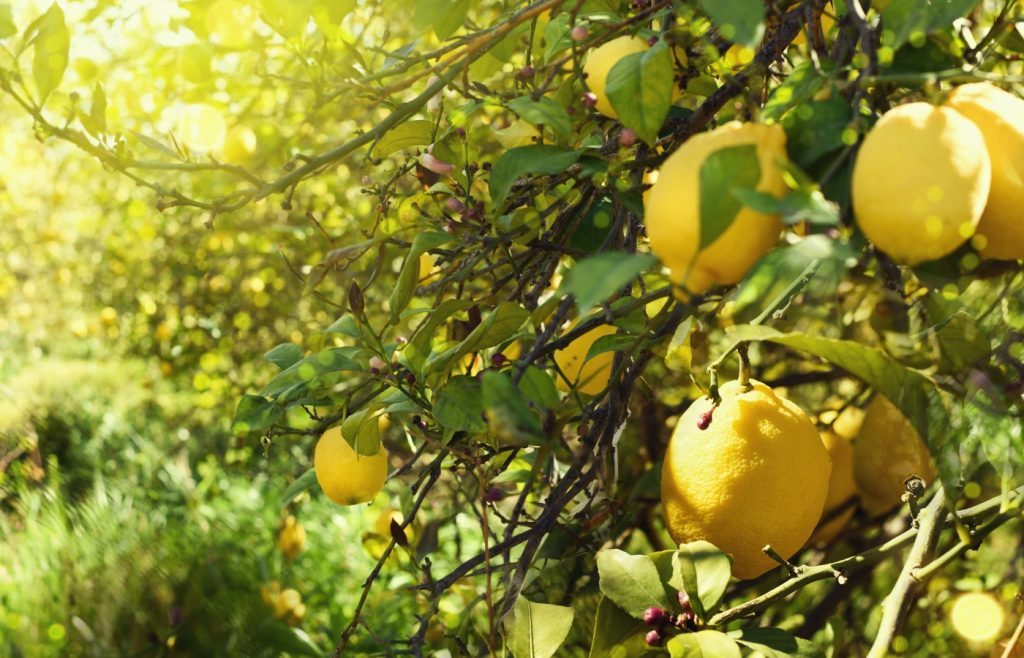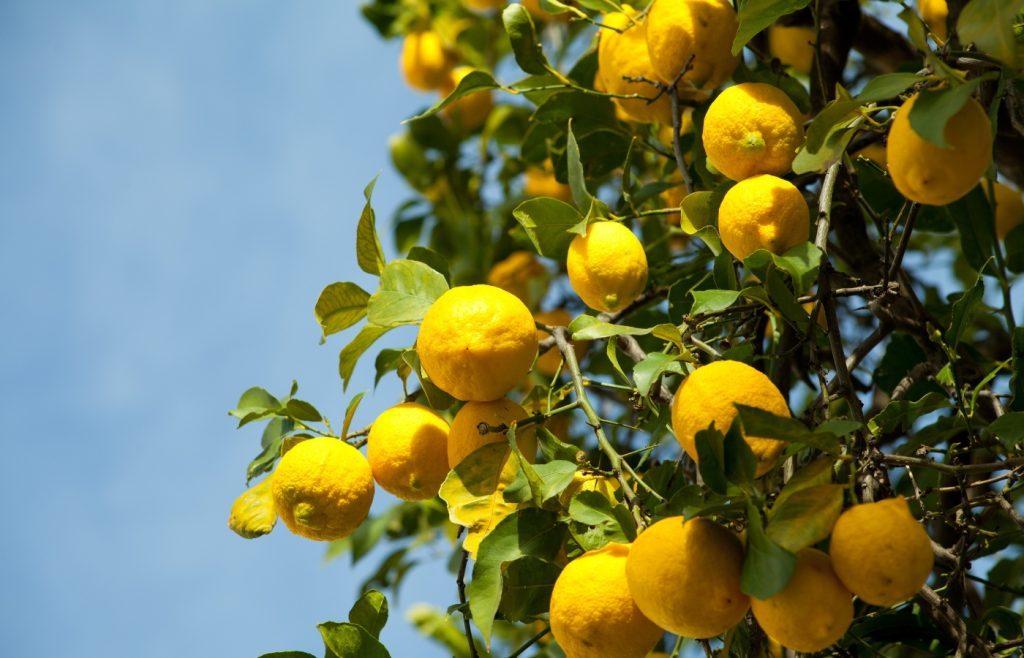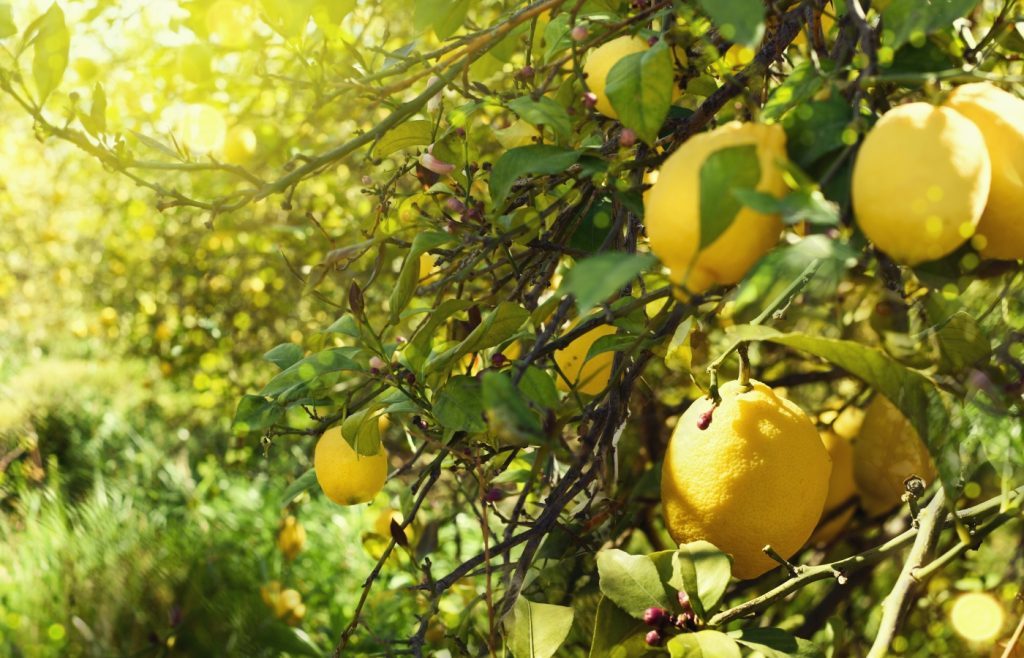The lemon tree, renowned for its tangy fruits and decorative foliage, is a favorite among gardeners. However, it is particularly sensitive to cold temperatures.
To help it survive the winter unscathed, a few simple precautions can effectively protect it. Here’s how to ensure its health and longevity, even during the colder months.
Protecting the lemon tree from the cold: Tips to know
Cold weather is the lemon tree’s primary enemy. To help it withstand low temperatures, it’s essential to provide suitable conditions. Here are the steps to follow:
- Bring it indoors as soon as possible: When temperatures drop to 5 °C, shelter your lemon tree. Below -2 °C, its roots and branches risk suffering irreversible damage.
- Wrap it carefully: If your lemon tree is planted in the ground or in a heavy pot, use a horticultural fleece to cover the branches and protect the pot. A layer of mulch at the base will help insulate the roots from the cold.
- Place it in a sheltered spot: For portable pots, choose a cool, bright room, such as a conservatory or unheated garage, with temperatures between 5 and 12 °C.
- Expose it to winter sunlight: On sunny winter days, bring your lemon tree outside for a few hours of natural light, ensuring to bring it back in before nightfall.
By taking these precautions, your lemon tree will be better equipped to endure the harshness of winter and remain healthy until spring returns.

Maintaining a good level of light
Even during winter, light remains essential for the healthy development of the lemon tree. Position it near a well-exposed window, ideally facing south, in a cool but minimally heated room.
If you have a conservatory or greenhouse, it’s the perfect place to provide a bright environment while protecting it from frost.
Inadequate light can cause the lemon tree to exhibit signs of stress: leaves may yellow, drop, or appear to wither. If natural light is insufficient, a grow light can temporarily compensate for this deficiency, especially on the cloudiest days.
Monitoring pests and preventing diseases
Even though the lemon tree enters dormancy in winter, it remains vulnerable to pest attacks. Mealybugs and spider mites are particularly common indoors, where dry air promotes their proliferation.
Regularly inspect the foliage: sticky deposits or black spots can indicate an infestation. Address these issues promptly by spraying a mixture of water and black soap on the affected areas.
To strengthen your tree, consider enriching its soil with a moderate addition of wood ash. A small amount is sufficient to provide valuable minerals, provided you don’t overdo it, as excess can imbalance the soil.

Adjusting care in winter
In winter, the lemon tree requires less attention, but a few targeted actions are essential. If its leaves yellow or drop, check that the air in the room isn’t too dry. Move it if necessary to a more suitable location.
For watering, limit your interventions. A potted lemon tree requires only one to two waterings per month to prevent the soil from drying out completely. In the ground, it can go without water throughout the winter months. Also, cease all fertilization during this resting period: resuming will occur in spring.
If your lemon tree seems cramped in its pot, plan for a repotting at the end of winter. Choose a slightly larger pot and a soil mix suitable for citrus plants. Once the last frosts have passed, you can move it back outside, allowing it to gradually regain its vigor.
With these tailored care practices, your lemon tree will be ready to embrace the warmer days in good health, soon to offer its fragrant flowers and delicious fruits.

